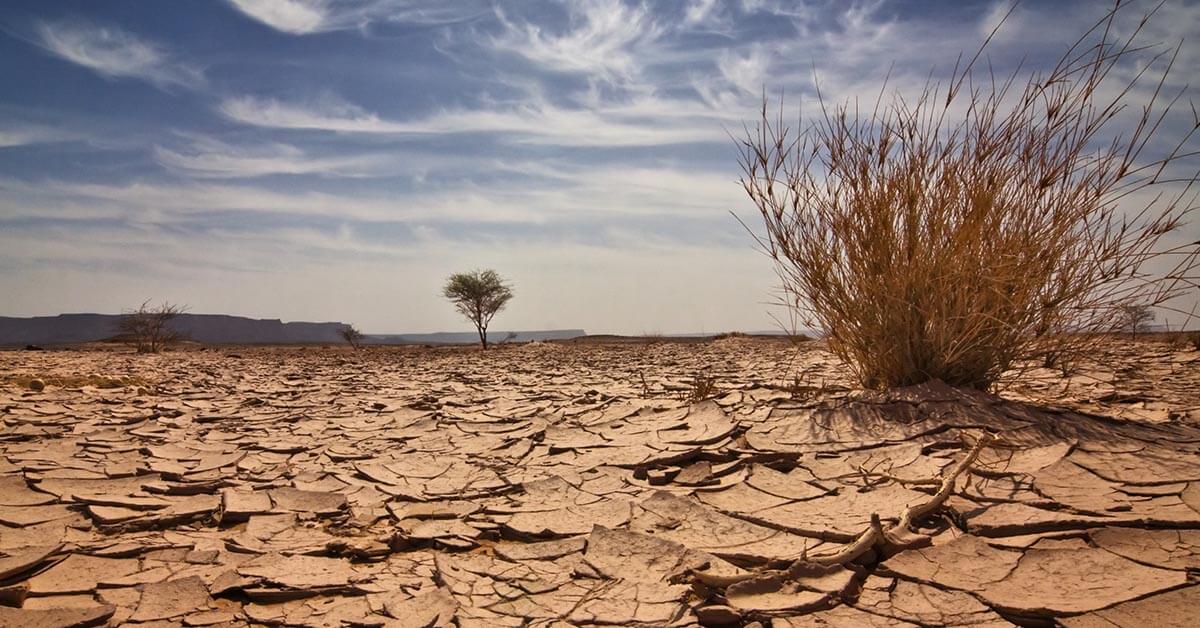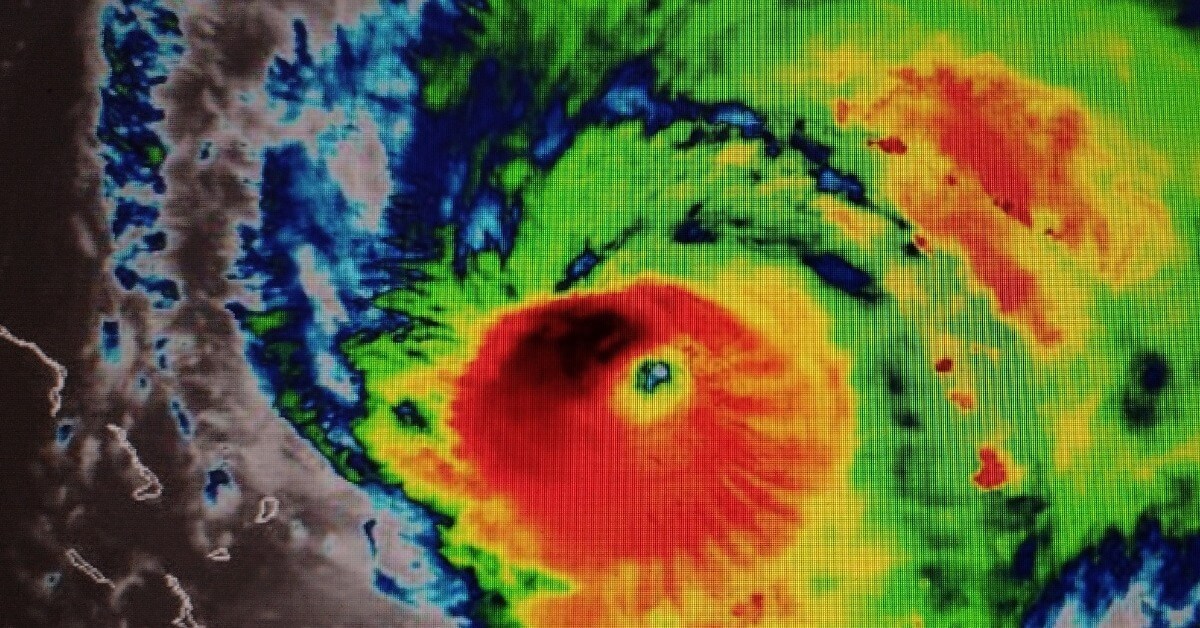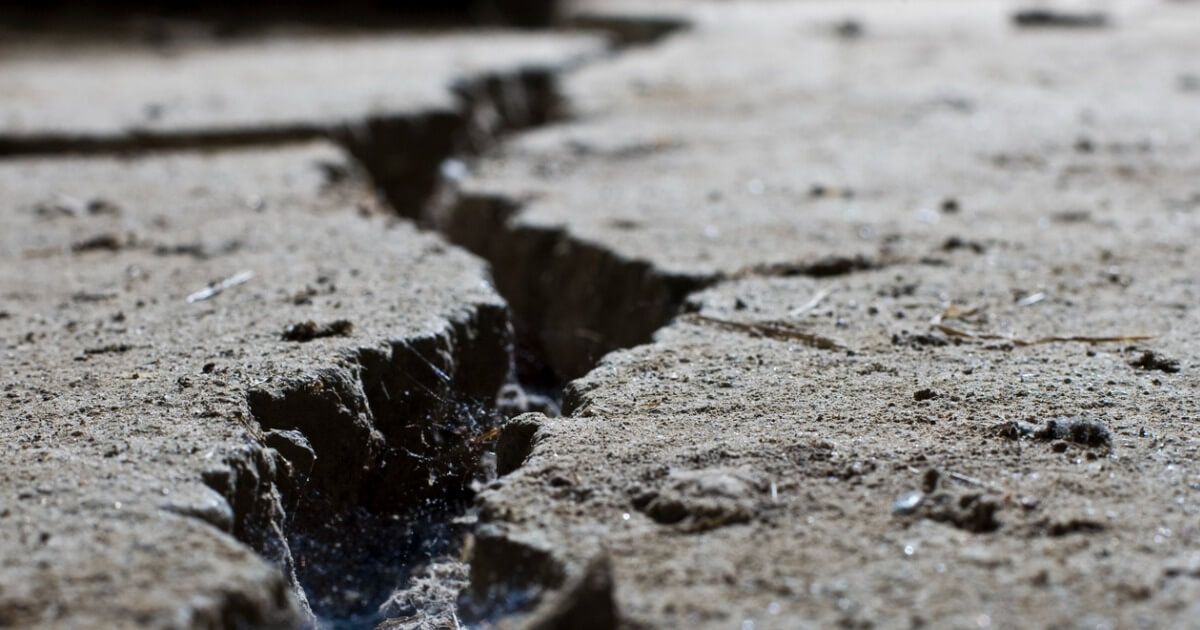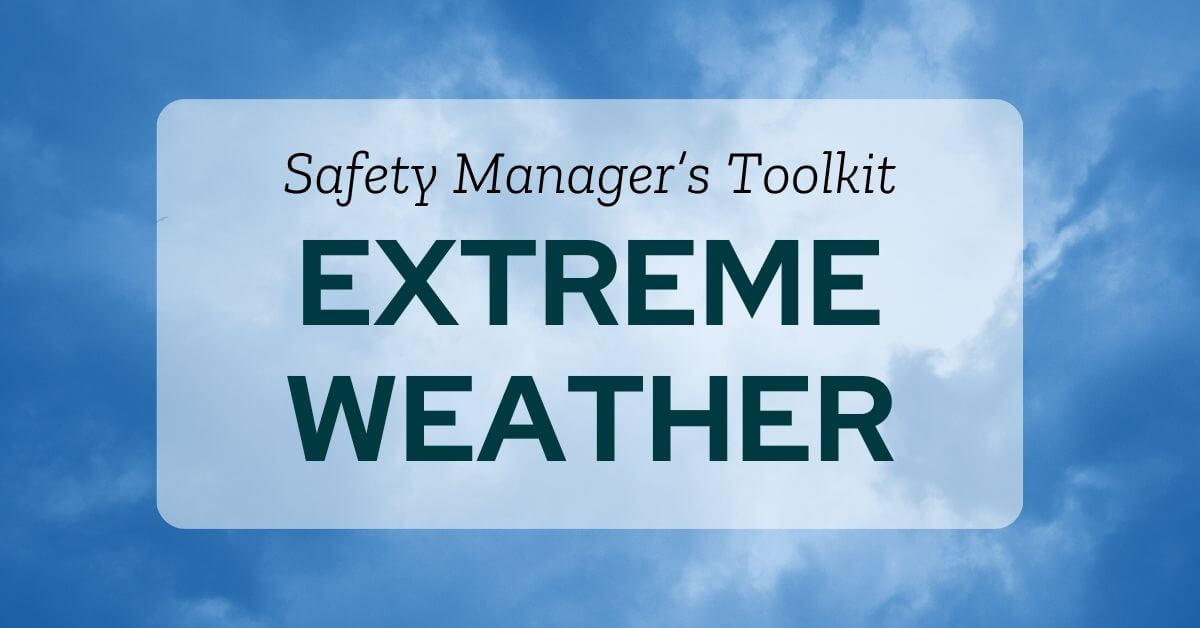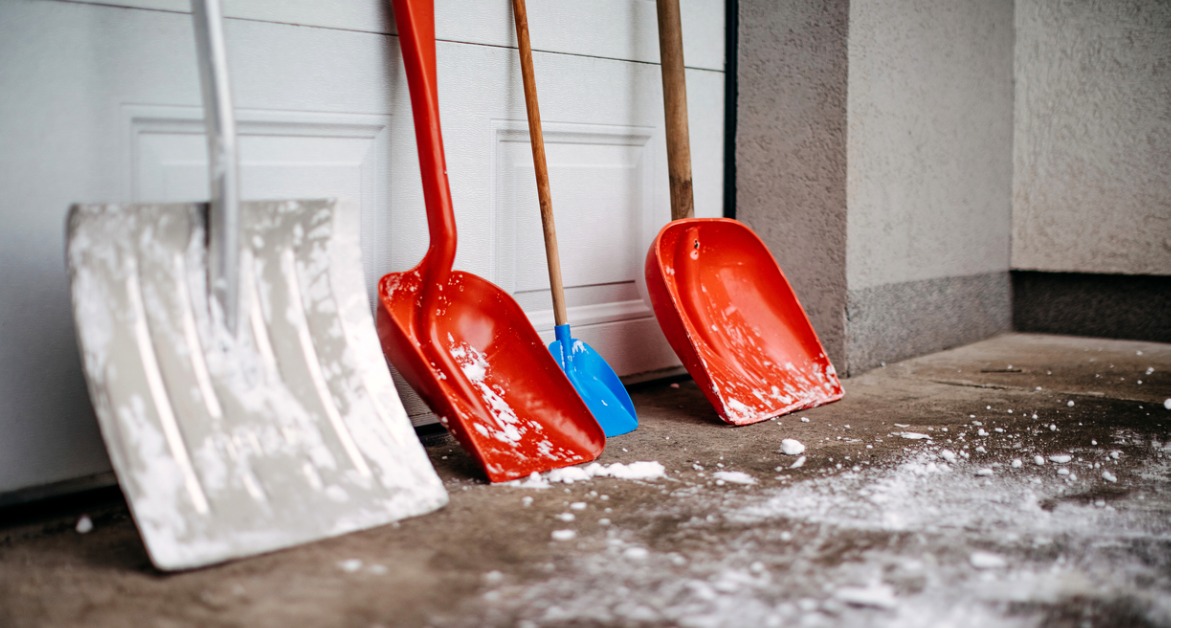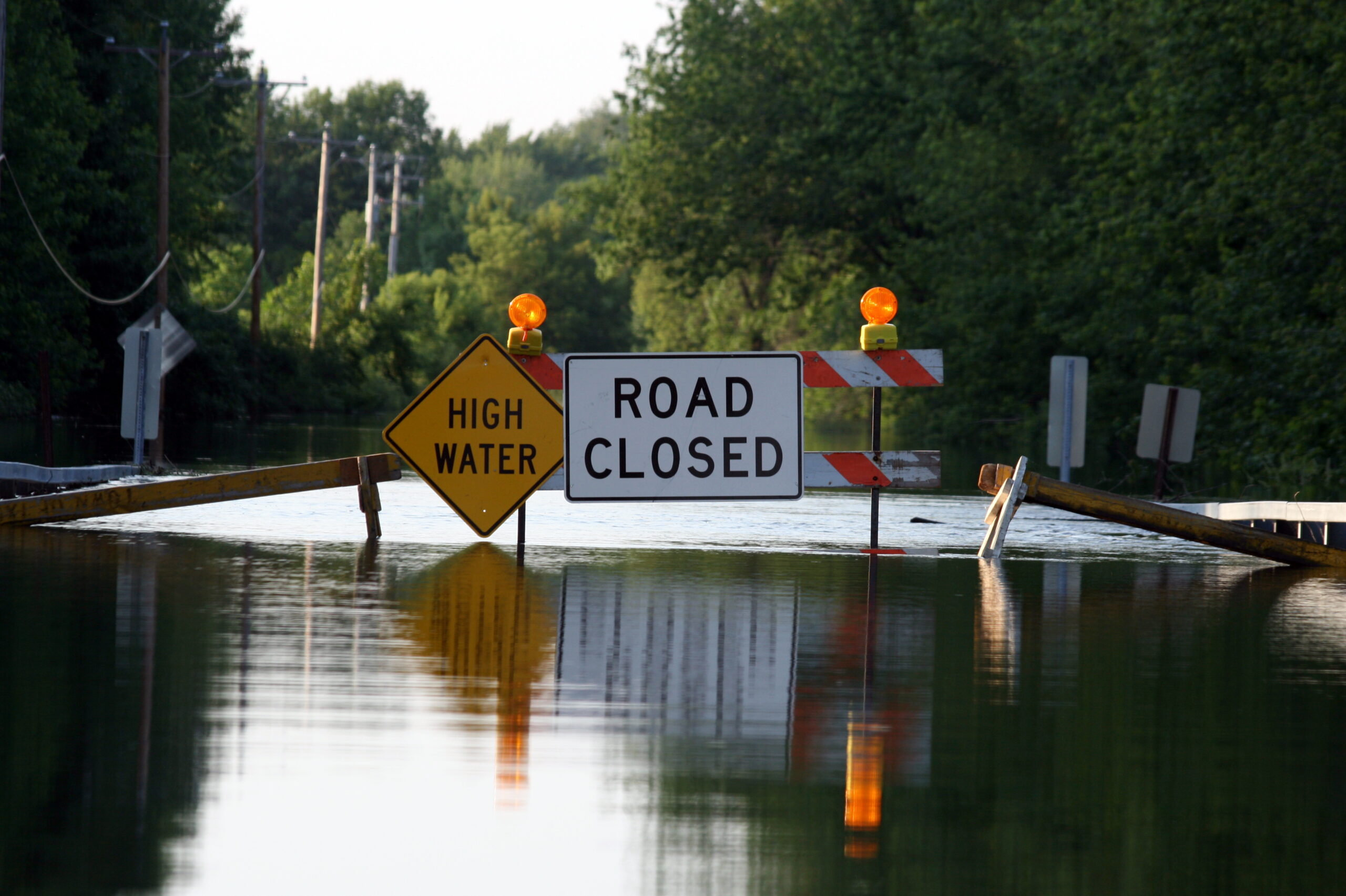Extreme weather events are becoming increasingly common across the globe, causing widespread damage and disrupting daily life. In many parts of the country, the spring thaw is coming soon. And, for those of us on the West Coast, we’re getting a lovely experience with atmospheric rivers. This is why we need to make sure we’ve got our flood and mudslide safety plans in place.
So how do we prepare for winter storms, and weatherproof your facility? There are three keys to reducing the impact of winter weather events on your workforce. Let’s follow the three Ps we use for all extreme weather preparation:
Let’s dive into these three Ps
The First P
PLAN for Flood and Mudslide Safety
How do we plan for these events?
OSHA’s got some excellent guidance when it comes to floods in particular.
Get familiar with the land around you. What’s the potential of:
- flash flooding
- river floods
- storm surges
- coastal floods
- snow melt
- dam brakes
- levee brakes
In what direction will the water potentially flow?
Pay close attention to steep slopes, mountain edges, drainage waves, and natural erosion.
- Reach out to your local emergency management team for advice.
- Be prepared to evacuate immediately if local authorities advise.
The Second P
PREPARE for Floods & Mudslides
Why should we prepare for floods and mudslides?
Besides the economic impact of potential widespread property damage, the most important reason to prepare for extreme weather is to protect community members.
Are floods and mudslides covered in your facility’s emergency action plan?
An emergency action plan facilitates and organizes employer and employee actions prior to, during, and after workplace emergencies.
- Develop a plan to shut off critical utilities.
- Designate an area on higher ground that you can get to quickly. Be mindful of employees with special needs.
- Gather emergency supplies that include fresh water and food, flashlights, batteries, and first aid kits.
Avoid entering floodwaters.
Avoid contact with floodwater due to potentially elevated levels of contamination associated with raw sewage and other hazardous or toxic substances that may be in the floodwater. In addition, these waters can carry large objects that are not always visible, which can cause injury to individuals in the water.
Avoid driving in floodwaters.
Six inches of flood-flowing water can cause you to lose control of your vehicle.
The Third P
PRACTICE Responding to Floods
Who is in charge?
Employees need to know who the emergency coordinator is and understand that this person has the authority to make decisions during emergency events.
The coordinator is responsible for assessing the situation to determine whether an emergency exists and requires
- activating emergency procedures,
- overseeing emergency procedures,
- notifying and coordinating with outside emergency services, and
- directing shutdown of utilities or plant operations if necessary.
Discuss local, flooding potential, and evacuation procedures with all impacted employees.
Check your emergency supplies often and verify ample amounts.
Host formal training for employees authorized to shut off critical utilities.
When driving do not cross flooded roadways. Remember: turn around, don’t drown!
Floods and mudslides can be challenging, but we can tackle them head-on with a solid emergency action plan.
By staying informed and taking proactive steps, you can minimize damage and ensure the safety of our workforce and infrastructure.
Whether it’s by regularly checking the local radar, setting up emergency alerts, or running drills, there are plenty of ways to prepare for floods and mudslides .
Subscribe to the blog to get best practices for responding to extreme weather events. We’ll be posting a new article monthly.
With a little preparation, we can face any weather challenge with confidence.
Read the Latest Extreme Weather Articles
Subscribe to the Blog:
Get Best Practices in Your Inbox
Get tips, tools, and articles sent to your inbox weekly.

